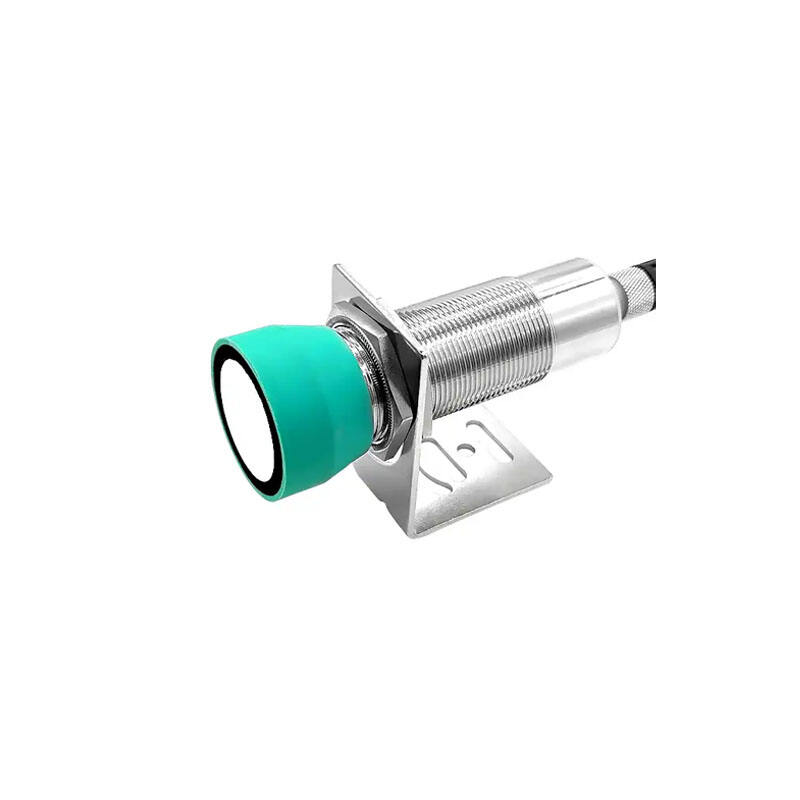photo sensor working
A photo sensor, also known as a photoelectric sensor or photocell, is a sophisticated electronic component that detects and responds to light intensity changes. The fundamental working principle involves converting light energy into electrical signals through photoelectric effects. These devices typically consist of a light emitter, typically an LED or laser, and a receiver that captures reflected or interrupted light beams. When light hits the photosensitive surface, it generates electron-hole pairs, creating an electrical current proportional to the light intensity. Modern photo sensors incorporate advanced features like adjustable sensitivity, digital filtering, and various detection modes including through-beam, retro-reflective, and diffuse sensing. They can operate across different light spectrums, from visible to infrared, making them versatile for various applications. In industrial settings, photo sensors excel in object detection, counting, positioning, and quality control. They're integral to automated manufacturing lines, security systems, and consumer electronics. The technology has evolved to include smart features like self-diagnostic capabilities, temperature compensation, and digital communication protocols, ensuring reliable operation in challenging environments.









